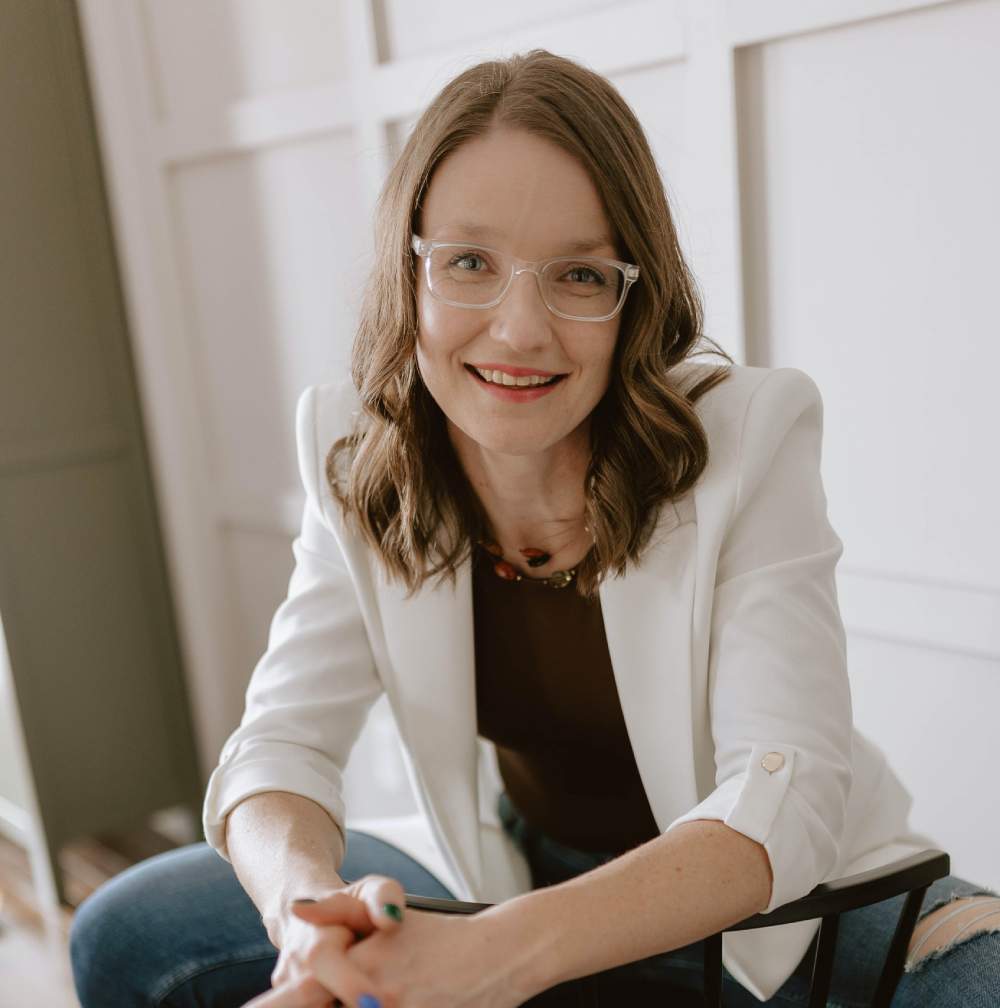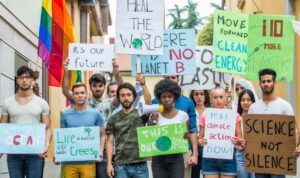Today’s decision makers haven’t done a great job addressing climate change. Business schools are trying to prepare the next generation of leaders. One innovative course builds negotiation skills relevant to decision-makers from any sector.
Nine international universities participate in the CEMS Model United Nations Framework Convention on Climate Change (UNFCCC) simulation course, offered through the CEMS Global Alliance in Management Education. The course is taught simultaneously to 150 students across the schools. It seeks to provide students with interdisciplinary knowledge, multi-lateral negotiation skills, and a strong sense of their own values.
The course was co-created by Rolf Wüstenhagen (Institute for Economy and the Environment, University of St. Gallen), Melissa Paschall (Flourish Sustainability Consulting), and Rafael Sardá (ESADE Business School).
Course Structure
Lectures provide critical background information. At each school, the course starts with a lecture series to give students a solid theoretical background. Lectures feature guest speakers from industry, academia and government and cover 3 topics: (1) climate change and policy, (2) the role of business in climate change, (3) negotiation theory and skill development.
The course ends with a simulation, enabling students to apply their knowledge and experience the challenges of international climate change negotiation. Students from all nine schools meet in person for an intense two-day negotiation. In preparation, students are assigned roles that mirror those of actual UN negotiations:
-
Government delegates. Students are divided into groups of one to three and assigned a country to represent. Smaller countries are represented by smaller student delegations.
-
Non-voting influencers, such as non-government organizations and industry lobbyists.
-
Chairs for the negotiation’s three working groups: mitigation, adaptation and trading.
At the negotiation, student delegates negotiate new policies within working groups. The entire group reconvenes several times daily to build consensus around working group proposals. Those representing NGOs and businesses try to influence negations by delivering statements and extraordinary actions, such as side-events by lobbyists or protests by NGOs.
A core simulation rule is that students cannot represent their own country. “This is a very challenging and emotional experience for students,” says Wüstenhagen. “For low-lying island nations, climate change negotiations are truly a live or die matter. Separating students from their home country helps control emotion.”
Evaluation Structure
Student evaluation is based on five key elements.
A pre-negotiation exam (20%) tests students on lecture content. This exam was implemented by student request after the course’s first year, to build confidence in the material before negotiations.
Prior to the simulation, student groups also prepare the following:
A background presentation (20%) summarizes what they’ve learned about the climate change situation of their assigned country or organization. This includes emissions rates, energy mix and vulnerability to climate change.
Students acting as working group chairs give a presentation on the procedures and voting rules for the negotiation, as well as the key topic areas to be discussed in their working group.
A position paper (20%) describes the outcomes students expect to achieve during negotiations. This short paper is prepared in two versions: Expectations from public position paper are shared openly with other delegates before the simulation. The private version of the position paper provides internal clarity on which concessions a group is willing to make on their publicly stated position. Each document is 2-3 pages.
In lieu of writing position papers, working group chairs provide a synthesis of other parties’ positions and write a first draft of the agreement.
Post-simulation reflection papers (20%) are submitted by students two weeks after the simulation. This allows students to digest and cement their learnings. “The simulation moves so quickly and becomes so intense that students can lose sight of what’s happening,” says Wüstenhagen. The reflection allows them to process insights in a controlled environment.
Active participation (20%) through the entire course is the final element of evaluation.
Powerful Impact on Students
Wüstenhagen has seen many students substantially change their career plans after taking the CEMS Model UNFCCC. For example, one former student transitioned from a career in the airline industry to doing an internship at the International Renewable Energy Agency, based in Abu Dhabi. Another student, who represented Brazil during her simulation, went on to write her Masters’ thesis on impact investing in Brazilian biomass projects.
In 2018, St. Gallen students ranked the course 6.6 out of 7. Student reflection papers included comments like “this class forced me to not only understand climate change in greater detail, but also to evaluate my own life and my own choices. I was consistently motivated to think beyond the surface level and try to understand global implications and global motivations.” At WU Vienna, the course was recognized as runner up in Austria’s national best teaching award. The course is now officially endorsed by the UNFCCC secretariat in Bonn.
Advice for Creating Powerful Simulation Courses
Wüstenhagen shares what he has learned:
-
Allow lots of preparation time. Planning a simulation takes more effort than planning a lecture. Consider activity structure, role assignment and facilitation. Coordinating with colleagues outside your university also takes much time before the course begins.
-
Get comfortable with uncertainty. Simulations create energy and dialogue between students. Turning over the reins involves some loss of control for instructors accustomed to lecturing. The outcomes will be positive, but may be unpredictable.
-
Grow organically. When they first developed the course in 2009, Wüstenhagen and Paschall ran a half-day pretest of the simulation with 10 students, allowing them to see the model in action and work out kinks. Wüstenhagen and his CEMS faculty colleagues have since allowed the course to grow slowly, adding one new school each year.
The full course outline is available here. It was also featured in the Journal of Management Education, available here.
More Information
Learn more about this simulation course or other activities of the Institute for Economy and the Environment or contact Rolf Wüstenhagen (rolf.wuestenhagen@unisg.ch) for more information.



Add a Comment
This site uses User Verification plugin to reduce spam. See how your comment data is processed.This site uses User Verification plugin to reduce spam. See how your comment data is processed.